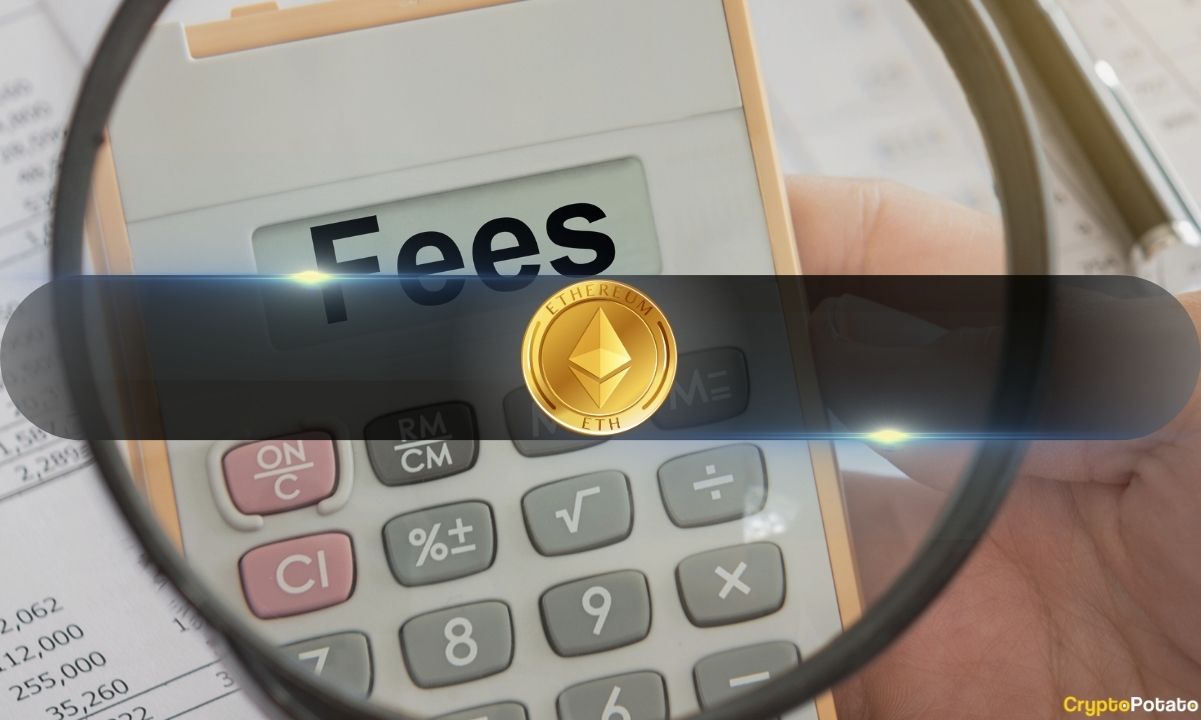How Ethereum’s 5-Year Low Gas Fees Impacts Supply Inflation
Ethereum network fees have fallen to multi-year lows and while that is good news for users, it has other implications on issuance and supply.

On Aug. 19, industry research firm Kaiko reported that Ethereum’s gas fees have recently hit five-year lows.
According to Etherscan’s Gas Tracker, the average network fee on layer-1 Ethereum is currently 2.15 Gwei or just $0.13, the lowest it has been since 2019.
This fall has been driven by increased layer-2 activity and the Dencun upgrade in March, which lowered layer-2 transaction fees.
Impact on Ethereum Supply
Kaiko reported that this reduction in fees may have implications for Ethereum issuance and the amount that gets burnt when gas is used. This could also have an impact on prices if the supply is no longer deflationary.
“Despite demand drivers like spot ETH ETFs, this growing supply could dampen potential price increases in the near term.”
Our latest Data Debrief just dropped.
This week we discuss how rate cuts will impact tokenized Treasuries, $ETH gas fees, AI tokens, and more. https://t.co/TdnkmRATSP
— Kaiko (@KaikoData) August 19, 2024
The total supply of ETH has increased since April as a result of the drop in network fees and a lower base fee burn rate from EIP-1559. According to ultrasound.money, ETH supply has increased by 0.2% since early April, rising from 120.063 million to around 120.286 million.
That is an additional 223,000 ETH worth roughly $591 million at current spot prices added to the supply over the past four months. However, the ETH supply is still lower than it was at the time of the Merge in September 2022, so the rapid inflation before them has halted.
The analytics platform currently reports that ETH supply is increasing by 0.71% per year on a weekly timeframe. This means around 16,500 ETH are added per week at current burn rates. Comparatively, Bitcoin’s supply inflation rate is slightly higher at 0.83% on the same time frame.
However, the model still predicts that ETH supply will fall below 120 million by the end of this year, continuing on its deflationary path.
ETH Price Outlook
ETH prices have climbed over the past 12 hours or so reaching $2,662 during the Tuesday morning Asian trading session. However, they have been tightly range-bound since the recovery on Aug. 9 and have failed to break resistance above $2,750 amid what could be a volatile week for crypto.
Nevertheless, analysts suggest that the low gas fees could signal a price bottom.
“Every time ETH gas fees drop to rock bottom has often signaled a price bottom in the mid-term,” said Ryan Lee, chief analyst at Bitget Research.
The post How Ethereum’s 5-Year Low Gas Fees Impacts Supply Inflation appeared first on CryptoPotato.






